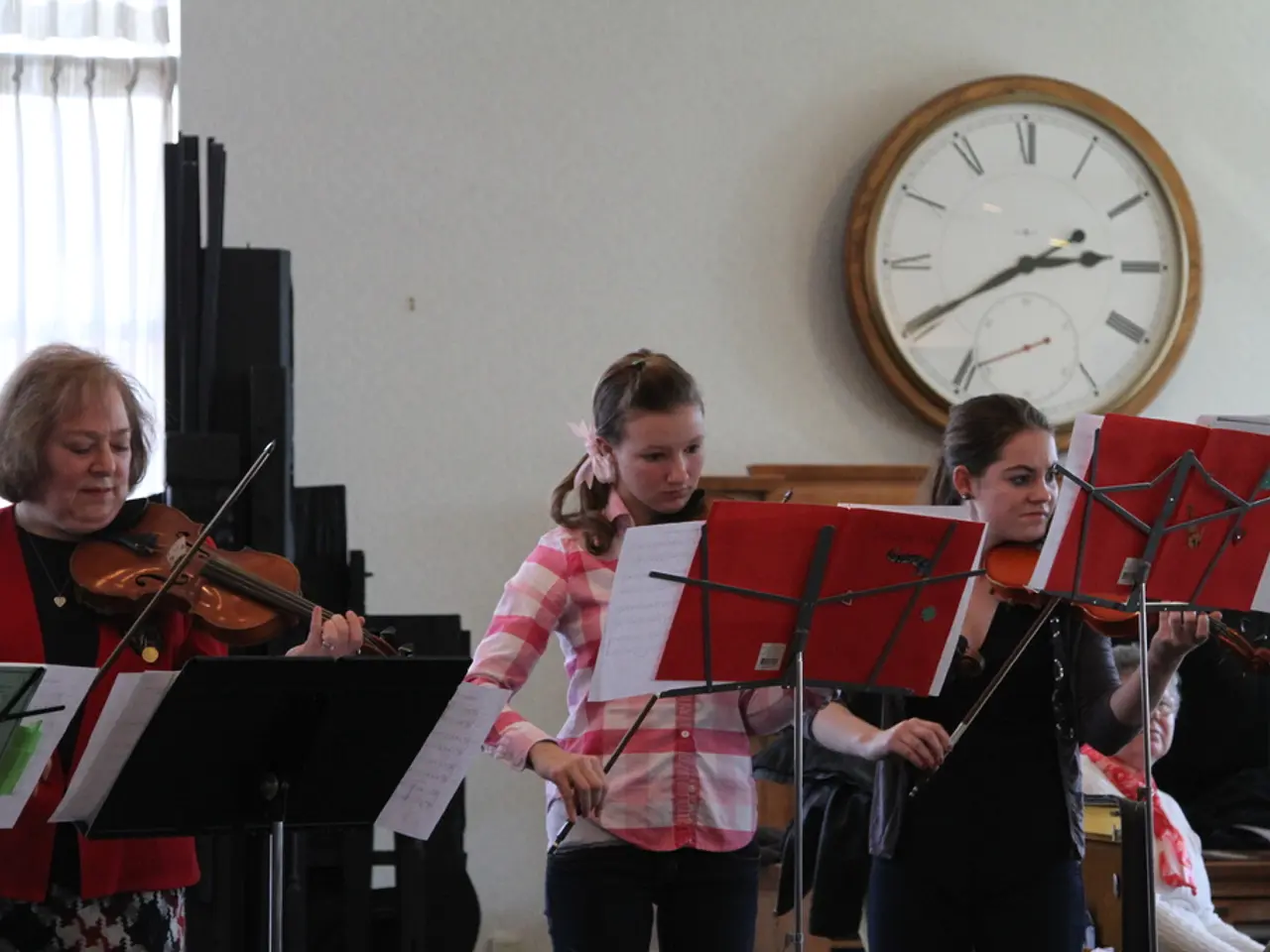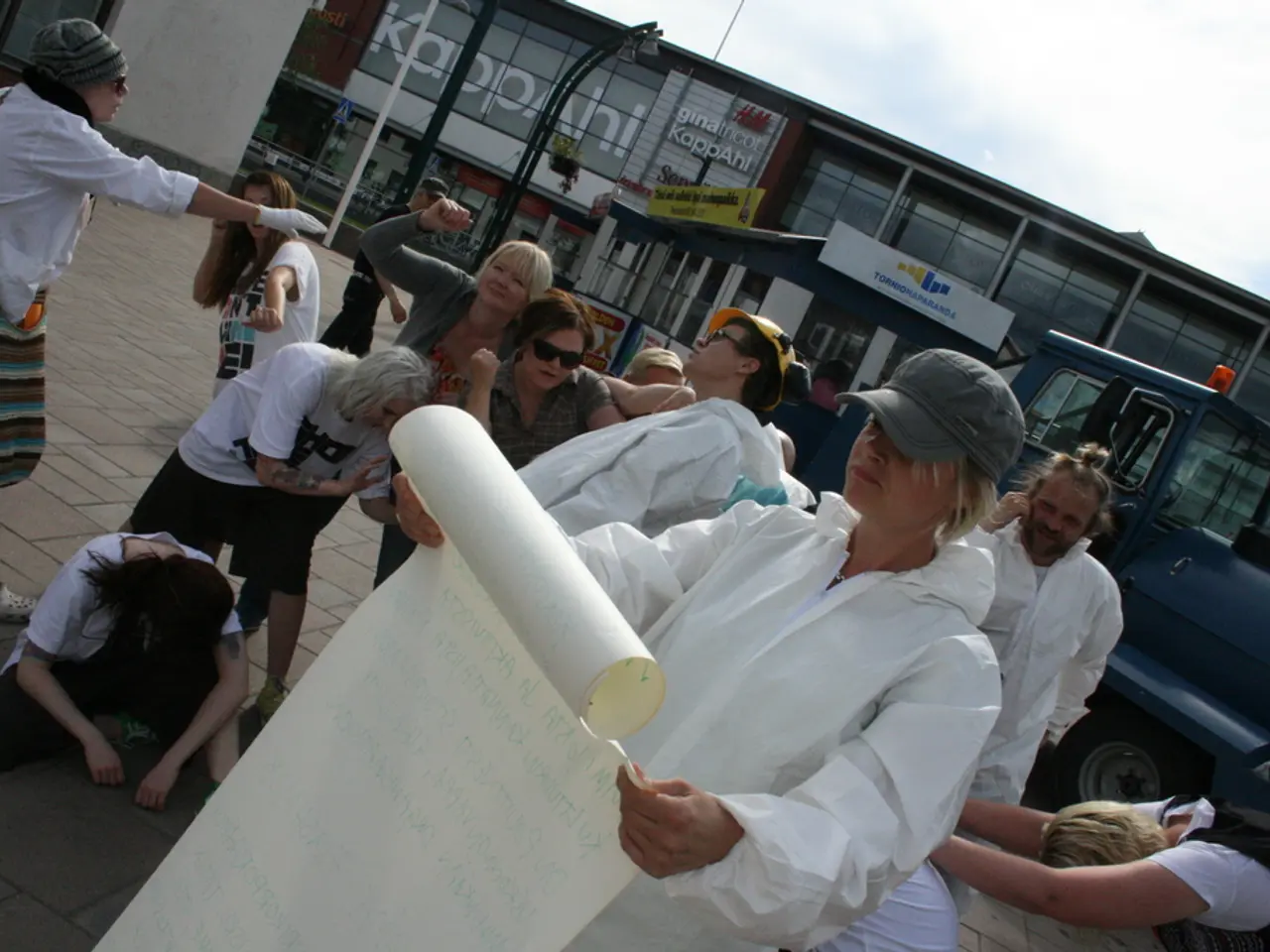"Goodbye, Beloved": Exploring Holocaust Themes in Ladino through Music (Part 1)
In the vibrant communities of Southeastern Europe before World War II, Sephardic Jews flourished, preserving unique traditions and the Ladino language. Cities like Salonika (Thessaloniki) in Greece, Sarajevo and Belgrade in Yugoslavia, and Sofia in Bulgaria were homes to these distinct cultural heritages [1].
However, the Holocaust brought a tragic turn. As German forces invaded Yugoslavia in 1941, Sephardic Jews in the region found themselves under direct occupation, facing brutal Nazi repressive measures such as dispossession, forced labor, deportation, and extermination [1]. The Jewish communities of northern Greece suffered a similar fate, with nearly 90% of Jews in Greece, including those in Thessaloniki and the entire region of Macedonia, being killed [2].
The Holocaust left an indelible mark on Sephardic Jewish music, transforming it into a powerful medium for remembrance, mourning, and preserving the memory of those lost. Music became an oral archive of Sephardic culture, capturing the trauma of the Holocaust while also expressing resilience and hope [3].
One such example is the music of Flory Jagoda, a Sephardic musician who escaped Nazi-occupied Yugoslavia. Jagoda, who was born in Sarajevo and was sixteen during the German invasion, played her accordion continuously on a train from Zagreb to Split to avoid having her papers questioned during her journey [4]. Her song "Adiyo Kerida," often interpreted as being about the Holocaust, continues to resonate deeply [5].
Modern performers and events using Sephardic music reflect its ongoing significance in Holocaust remembrance and Jewish cultural identity. Groups like Trio Sefardi perform Ladino songs that reflect the cultural richness of Sephardic Jewry and the history of survival during the Holocaust. Their performances at institutions like the U.S. Holocaust Memorial Museum emphasize the role of Sephardic music in Holocaust remembrance and cultural continuity [5].
The Greek film "Cloudy Sunday" also depicts the Greek experience of the Holocaust in Thessaloniki during German occupation, offering a poignant portrayal of the period [6].
In conclusion, Sephardic Jewish music related to the Holocaust in Yugoslavia and Greece represents a vital link to a once-flourishing culture nearly destroyed by genocide. It serves both as a memorial for the victims and as a testament to the enduring spirit of the Sephardic Jewish communities of Southeastern Europe.
Entertainment and music played significant roles in preserving the memory of Sephardic Jewish communities during and after the Holocaust. Sephardic musicians, like Flory Jagoda, created powerful pieces, such as "Adiyo Kerida," which not only mirrored the trauma of the Holocaust but also expressed resilience and hope, becoming an oral archive and a testament to their enduring spirit.








